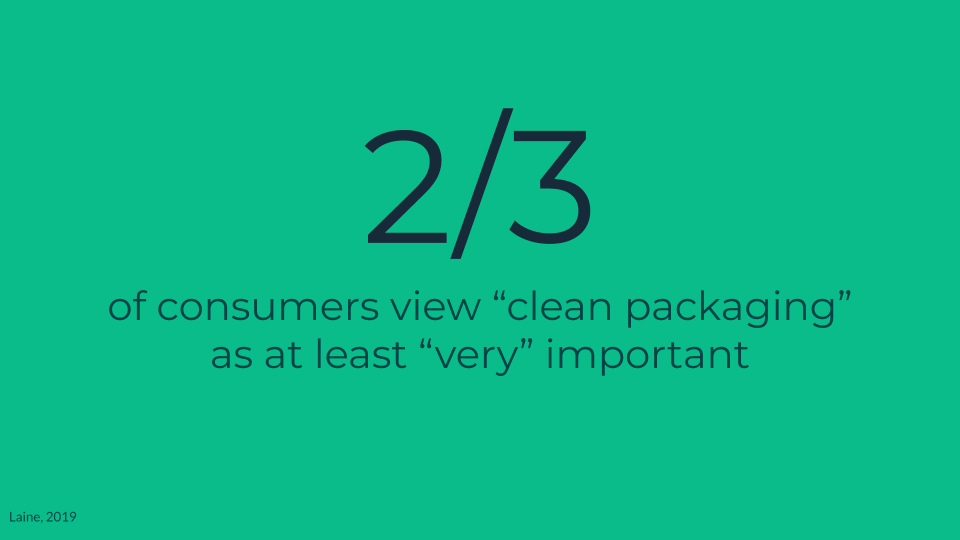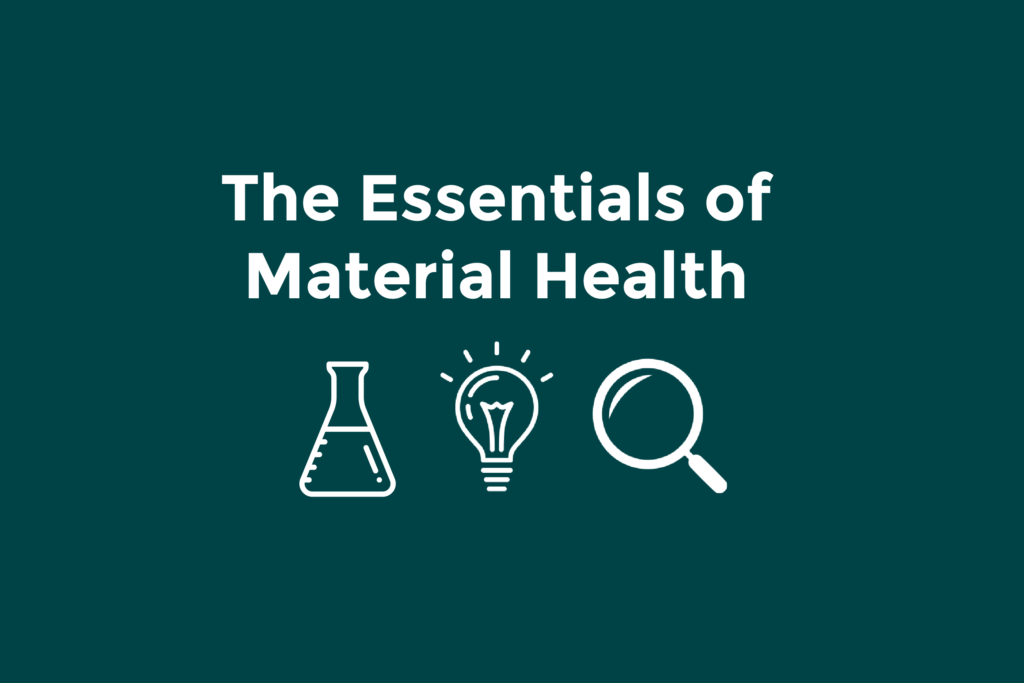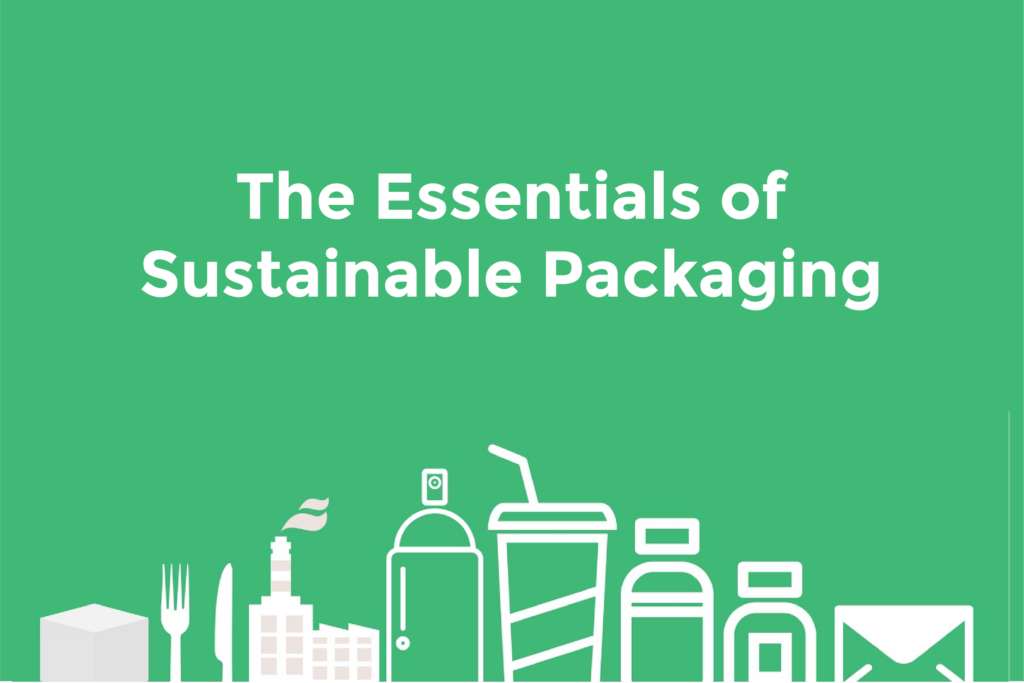June 24, 2019
What Packaging Professionals Should Know About Material Health
Designing packaging for material health means using materials that are safe and healthy for people and the environment throughout their lifecycle. Material health is becoming increasingly important for packaging professionals (and professionals from other departments) to understand. Here are a few things you should know:
1. Customers are growing more worried about what chemicals are in your packaging.
Businesses are currently facing a crisis of consumer trust. One way this has manifested is skepticism about the safety of chemicals used in products. While much attention has been given to chemicals in personal care and cleaning products, the same trend also affects how consumers view packaging. Chemicals in packaging such as bisphenol A (BPA) and per- and polyfluoroalkyl substances (PFAS) have received a lot of attention in the media recently. Proactive brands can work to earn consumers’ trust back by proactively managing the wide number of chemicals commonly found in packaging.

2. Even though chemicals in packaging are heavily regulated, compliance may not be enough to protect your brand reputation.
You may already know that packaging that comes into contact with food is regulated – for example, by the Food and Drug Administration in the US and by other agencies internationally. In fact, regulations on chemicals in packaging are changing all the time, and vary by jurisdiction. For example, just this month, the Maine state legislature passed a bill that would restrict the use of phthalates and PFAS in food packaging. It’s important for packaging professionals to understand these regulations so that they can ensure that their packaging is compliant. At the same time, it’s also important to realize that these regulations are often responding after-the-fact to new scientific developments and safety concerns. That means that, even if your packaging complies with current regulations, it could still leave your company vulnerable to reputational damage. If it’s found to contain chemicals of concern, you might be scrambling to make last-minute changes in response to pending regulatory updates, consumer perceptions, or watchdog reports. Would you prefer to be on the defensive, or would you rather stay on top of the latest safety information so that you can ensure your customers’ trust and get out ahead of future regulations?
3. There can be no circular economy without the use of safe and healthy materials.
More and more companies are working to make packaging part of the circular economy, with goals to increase their materials’ recyclability and use recycled materials. These goals are important to ensure the sustainability of packaging and address problems like ocean plastic pollution. But chemicals in a package don’t go away when the package is recycled – they can remain in the material or enter the environment, whether the package is recycled into something new, composted, or discarded. To enable packaging to be part of the circular economy, it’s important to make sure the chemicals in packaging materials don’t impede the material’s next life. By choosing inherently safer materials rather than focusing solely on safety in the current application, you can ensure packaging materials have a future use.
4. The Sustainable Packaging Coalition has made it easy to address material health in your packaging!
The good news is that there are a growing number of resources to help you navigate this complex yet incredibly important issue. In the SPC’s new online learning course, The Essentials of Material Health, you’ll learn about systems to manage chemicals in packaging and beyond, strategies to select safer alternatives to hazardous chemicals, and frameworks to assess chemical hazards and measure progress. You’ll also learn more about specific regulations and chemicals of concern, and see examples of companies that are making great strides in ensuring the safety of their packaging. While material health is a complicated issue, a proactive approach can help ensure that your packaging is safe, your customers are happy, and your company is protected from reputational risk.
This course is one module in the Essentials of Sustainable Packaging. courses are available online on-demand with a one-year subscription, and special discounts are available for SPC members.







